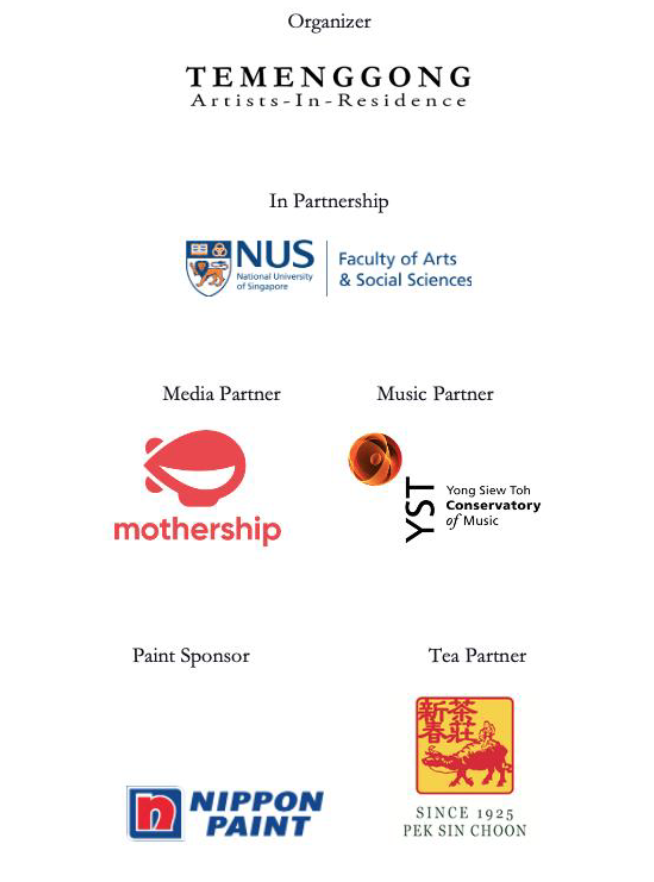Temenggong Mid-Autumn Heritage 《中秋雅聚天猛公》
Foreword
May the flowers always be in bloom;
May you always have good health, and
May the moon be as bright tomorrow as it is today.
– Chao Duanli (1046 – 1113)
愿花长好,人长健,月长圆
晁端礼 (1046-1113)
In 2019, when a Mid-Autumn event was last held at Temenggong Artists in Residence, it was a triple celebration: of the festival itself, the organization’s 10th Anniversary and Singapore’s Bicentennial. Called ‘Tea Journal’, it was the largest communal gathering ever organized at this space.
The return of this festive celebration after a break of more than two years is a homecoming for Temenggong’s many friends. In the intervening period, while all of us have found our daily lives restricted, it has also been a time of change and adaptation to new modes of living and working. As we look towards recovery with hope and fresh opportunities, this modest event represents the first project in a recently launched collaboration between the National University of Singapore and Temenggong Artists in Residence, in anticipation of more substantive ones to come.
This year’s event is called ‘Mid-Autumn Heritage at Temenggong Artists-In-Residence 中秋雅集天猛公’. In the course of its conception, we had many discussions on what aspects of the festival we should emphasize, the type of ambience that should be created, and how to balance the academic rigour required for students who are participating for credit with the general visitors’ experience. As the title suggests, we eventually decided to focus on the heritage aspects of the festival which represent themes of thanksgiving, reflection and togetherness. Recalling how Mid-Autumn had been celebrated in the past, once popular practices like lantern riddles and hand-crafted lanterns have been revived. The tasting of mooncakes with tea specially blended for this occasion would also evoke a sense of nostalgia. This would be a sensory experience where the festival could be experienced through sight, sound, scent, taste and touch.
The celebrations are presented in the literati tradition of an ‘elegant gathering’ (yaji 雅集) within the intimacy of a home, extending from the garden to the interior, balancing the appreciation of art with participatory cultural practices. Using Temenggong’s culturally rich collections, and to underscore the feeling of homeliness, the living room has been decorated with artworks, and a traditional scholar’s studio and a meditation room with an altar installation have been set up in the house.
We hope all our honoured guests will feel at home and enjoy the festivities!
Dr Hwang Yin
Adjunct Senior Lecturer
Department of Chinese Studies, Faculty of Arts & Social Sciences, NUS


